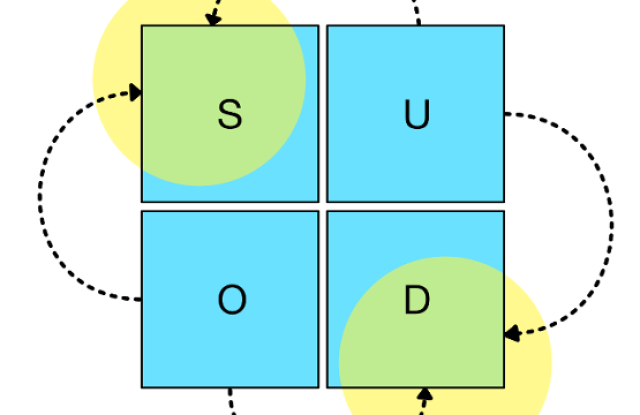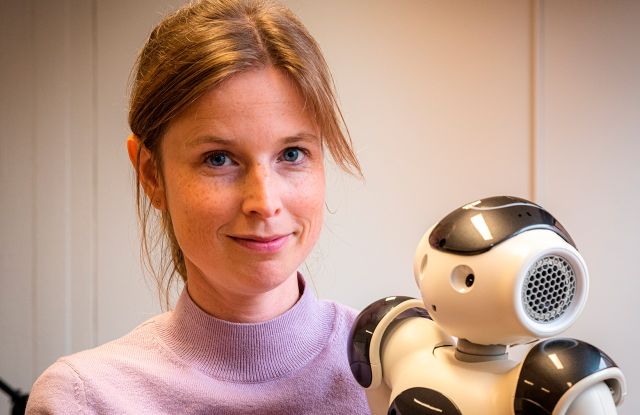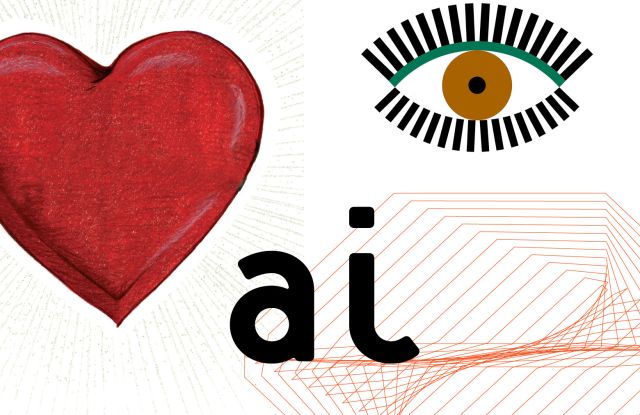The FCG Editor: a new milestone for linguistics and human-centric AI
Remi van Trijp, CSL.

The Fluid Construction Grammar (FCG) Editor is a free and innovative Integrated Development Environment (IDE) for engineering computational construction grammars. The design philosophy and description of the FCG Editor has now appeared in a PlosOne Article, including an introduction to the field of (computational) construction grammar.
When people hear the word "grammar", most of them still think about a set of syntactic rules to combine words (and their concepts) in a compositional fashion. Most NLP (Natural Language Processing) systems therefore consider grammar to be equal to syntactic parsing, so syntax is simply one of the components of a traditional pipeline that can be useful for downstream tasks. In the MUHAI project, we take a different approach inspired by cognitive-functional linguistics, in which grammar itself is meaningful: it expresses how people conceptualise reality, and which perspective they take on the events that they perceive in their daily lives. The most suited linguistic theory for this approach is Construction Grammar, in which all of linguistic knowledge - including grammar - can be modeled as mappings between meaning and form, which are called constructions. One of the core components of MUHAI technologies is therefore Fluid Construction Grammar, the world's most advanced platform for implementing computational construction grammars, co-developed by the MUHAI partners Sony CSL Paris and the VUB Artificial Intelligence Laboratory.
While computational construction grammar has the potential to lead to fundamental breakthroughs in Natural Language Understanding, it turns out that it is very difficult to develop models of constructional language processing, partly because user-friendly developer tools were missing. This is why our MUHAI partners from Paris and Brussels, along with the KU Leuven and the University of Namur have released the FCG Editor: a free and innovative Integrated Development Environment (IDE) for engineering computational construction grammars using the Fluid Construction Grammar (FCG) formalism.
"With Fluid Construction Grammar, we have an amazing tool for implementing new kinds of language models, but you need to have significant software engineering skills to use it. So when we gave tutorials on FCG, we found that this technical threshold was a demotivating factor for many participants," says Dr Remi van Trijp, research leader of the Language Team at the Sony Computer Science Laboratories Paris. "We therefore worked on a first prototype that would offer people a more user-friendly experience, and then proceeded to test and refine the FCG Editor by letting NLP and AI students use it for implementing constructional language models." The result of this hands-on approach is an innovative IDE for Fluid Construction Grammar that strikes a unique balance between user-friendliness and open-mindedness, drawing inspiration from the field of interactive programming.
The FCG editor provides all of the editing possibilities that you can expect from an IDE, and also allows interactive programming through a listener (similar to command-line interfaces), an interactive web interface that allows the user to inspect every detail of processing, configuration helpers, and a "construction wizard" that assists users in the definition of linguistic constructions. The main target audience for the FCG Editor is linguists, particularly construction grammarians, who wish to operationalize and test their theories; but also computational linguists and AI researchers can use the FCG Editor to develop models of constructional language processing to enhance their language technologies. "I believe the FCG Editor is an important milestone that can finally boost the development of computational construction grammars," concludes van Trijp.
The FCG Editor now features in a PlosOne Article that also includes an introduction to Construction Grammar and computational construction grammars. Besides funding from the Sony Computer Science Laboratories Paris and MUHAI, additional funding came from the European Union's Horizon 2020 research and innovation programme AI4EEU under grant agreement No 825619, as well as the Flanders Research Foundation.
Related Links
FCG Editor
PlosOne Paper
MUHAI papers
Acknowledgements
Original photo by Jan Baborák on Unsplash
More Articles

Uncommon Ground

Do you speak AI?

Pragmatics: the secret ingredient

Deconstructing Recipes

Foundations for Meaning and Understanding in Human-centric AI

Linguistic Alignment for Chatbots

Framing reality

MUHAI Visual Identity
